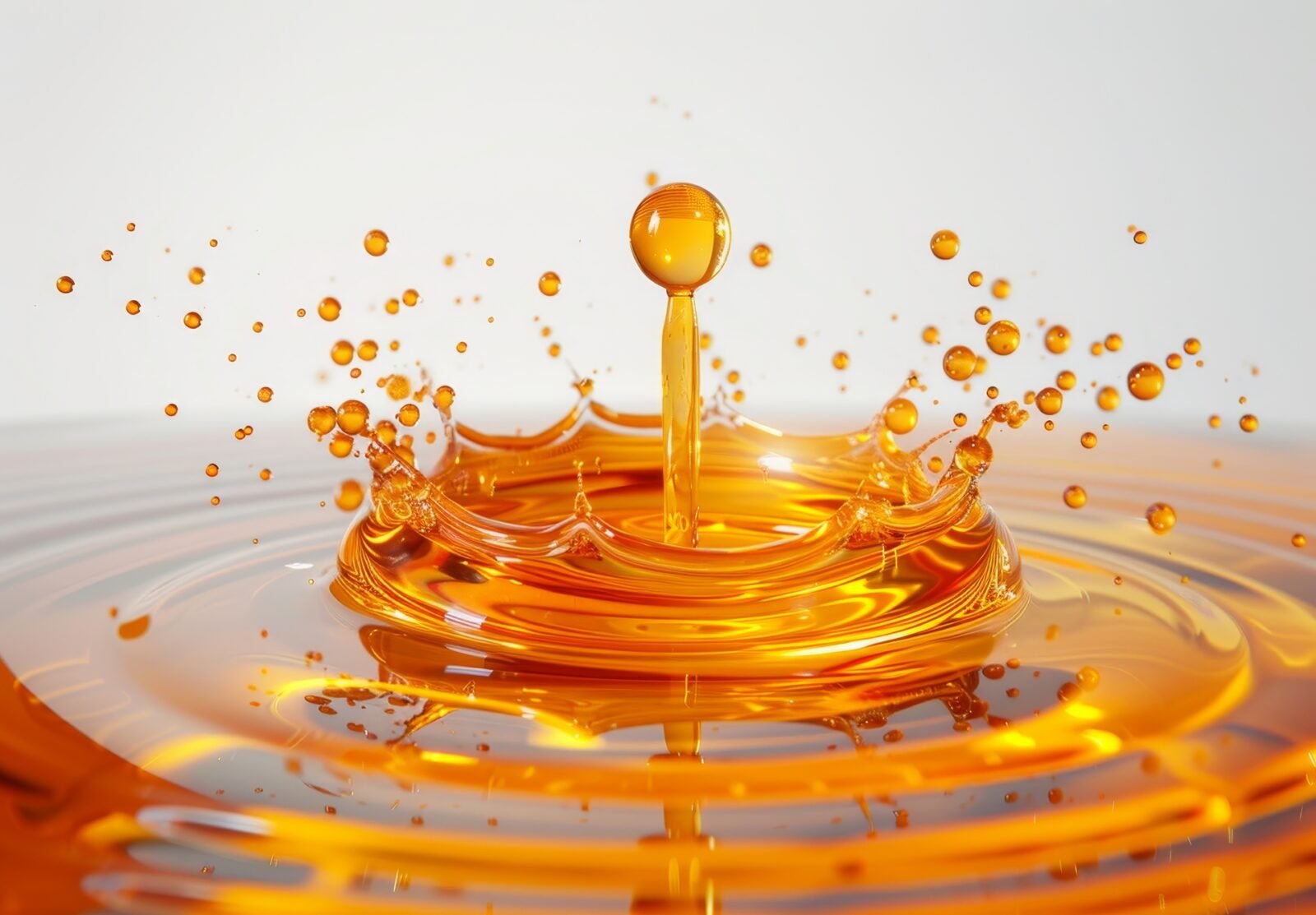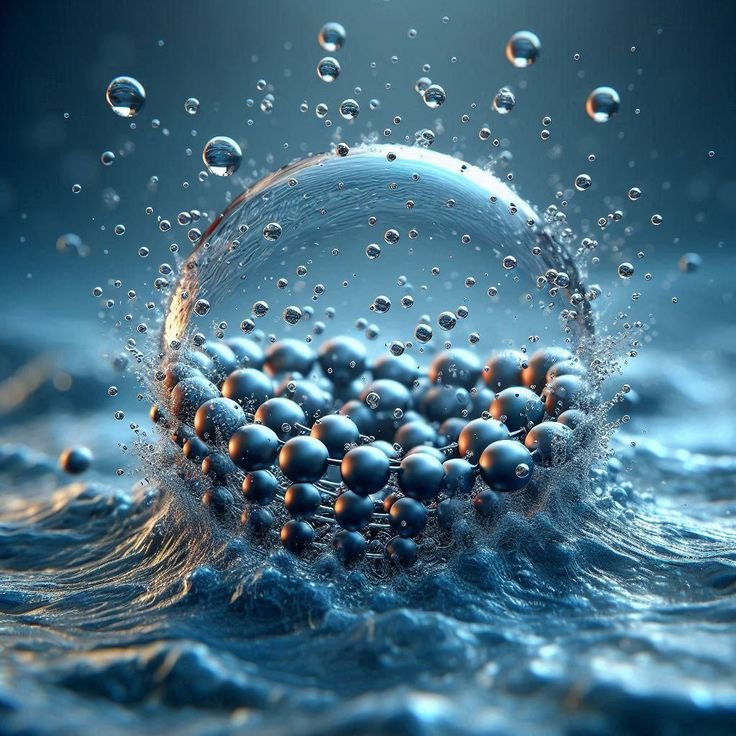From Anti-Aging to Longevity Beauty
Cosmetics once promised to reduce wrinkles, brighten skin, and smooth fine lines. In 2025, the language of beauty has shifted. Consumers no longer ask only for anti-aging products; they want longevity beauty—formulations that extend the vitality, resilience, and repair capacity of skin cells. This shift mirrors broader cultural movements in health and wellness, where “lifespan” has expanded to include “healthspan.”
In cosmetics, this means ingredients must not simply mask signs of aging but influence cellular pathways that govern repair, energy, and communication. As a result, a new class of actives—longevity cellular repair actives—is emerging to support healthier skin across time.
Exosomes: The Communication Network
Exosomes are extracellular vesicles that transfer proteins, RNAs, and lipids between cells. In skin biology, they function as natural messengers that coordinate regeneration. Moreover, by stimulating fibroblasts, boosting collagen production, and reducing inflammation, exosomes provide multiple benefits in a single platform.
Plant-derived exosomes, from sources such as rice, aloe, and ginseng, offer scalable and ethical solutions. Evidence shows they enhance barrier repair and accelerate wound closure (PubMed). For formulators, stability is the central challenge. Consequently, encapsulation in nanoemulsions and polymeric gels preserves activity and allows exosomes to remain potent in serums, gels, and creams.
Unlike traditional actives that act on a single receptor or pathway, exosomes deliver a broad spectrum of signals. Therefore, this multi-functionality makes them one of the most exciting tools for building longevity formulations that adapt to diverse skin needs.
PDRN: DNA Repair for Resilience
PDRN (polydeoxyribonucleotide) supports repair at the DNA level. It activates adenosine A2A receptors, increases microcirculation, and accelerates regeneration. In dermatology, PDRN was originally used for wound healing. Today, in cosmetics, it appears in repair serums, recovery creams, and elasticity-boosting ampoules.
Vegan PDRN is a milestone, eliminating animal-derived sourcing while maintaining efficacy. In addition, it dissolves easily in aqueous systems, making it ideal for high-concentration serums. Still, formulators must protect it against enzymatic breakdown. Therefore, stabilizers and encapsulation techniques ensure PDRN’s bioactivity persists until skin delivery.
Clinical dermatology studies show improvements in skin elasticity, texture, and resilience (PubMed). For this reason, PDRN is distinct from retinol or peptides because it directly supports DNA repair and cellular metabolism. This makes it foundational for skin longevity, not just surface-level rejuvenation.
NAD⁺ Boosters: Energy for Every Cell
NAD⁺ is a coenzyme required for energy metabolism and DNA repair. However, levels decline with age, reducing cellular resilience. NAD⁺ boosters such as NMN (nicotinamide mononucleotide) and NR (nicotinamide riboside) are now entering cosmetic formulations to restore energy directly at the mitochondrial level.
These boosters enhance sirtuin activity, improve DNA repair, and support barrier recovery. As a result, consumers experience fresher, more resilient, and less fatigued skin. For chemists, NAD⁺ intermediates require strict pH control and encapsulation to prevent oxidation. Moreover, pairing NAD⁺ boosters with antioxidants like resveratrol enhances performance.
Research confirms that NAD⁺ boosters restore mitochondrial function and improve oxidative stress resistance (PubMed). Unlike traditional antioxidants, which neutralize free radicals, NAD⁺ boosters actively fuel cellular energy systems. Consequently, this positions them as cornerstones of longevity-focused skincare.
Telomerase Activators: Extending Cellular Lifespan
Telomeres shorten with each cell division, acting as a biological clock. When they reach a critical length, cells stop dividing and enter senescence. Telomerase activators, including astragaloside IV from Astragalus and synthetic peptides, aim to preserve telomere length and delay senescence.
In cosmetics, telomerase activators are still early-stage, but they offer a vision of extended skin vitality. For example, formulators combine them with DNA-repair actives, antioxidants, or NAD⁺ boosters to create synergistic longevity complexes. These premium formulations target not just wrinkle reduction but also preservation of dermal elasticity and cellular youthfulness.
Laboratory studies suggest protection of telomeres and improvement of fibroblast function (PubMed). Therefore, while consumer data remains limited, the potential for telomerase activators to shift anti-aging into true longevity is compelling.
Comparing Longevity Actives with Classic Anti-Aging Ingredients
Classic actives—retinol, vitamin C, peptides—remain essential. Yet longevity actives bring new depth and broader biological support:
- Retinol: Improves cell turnover but can irritate. However, PDRN and exosomes deliver repair without irritation.
- Vitamin C: Provides antioxidant benefits, while NAD⁺ boosters restore underlying energy systems. In addition, NAD⁺ boosters enhance resilience under oxidative stress.
- Peptides: Signal specific pathways, while exosomes deliver broad-spectrum communication for multiple effects. Consequently, they broaden efficacy beyond traditional peptides.
Therefore, the future lies in combination strategies—pairing longevity actives with traditional ingredients for both surface-level and deep biological benefits.
Formulation Challenges and Solutions
- Stability: Many longevity actives degrade quickly. Consequently, encapsulation, lyophilization, and antioxidant pairing preserve bioactivity.
- Delivery: Exosomes and PDRN require specialized carriers—hydrogels, nanoemulsions, and patch systems ensure penetration. Moreover, new delivery systems increase consumer compliance and product experience.
- Compatibility: Proper excipient selection and pH balancing avoid degradation or precipitation. As a result, finished products maintain efficacy across shelf life.
These solutions are essential for chemists building robust, market-ready formulations that balance science with consumer expectations. In addition, they allow complex actives to reach their full potential.
Consumer Adoption in 2025
Consumers increasingly understand skin as a living, aging organ. Interest in cellular repair mirrors wellness movements in supplements and biohacking. Moreover, vegan DNA actives, plant exosomes, and clean NAD⁺ boosters align with sustainability values. Luxury brands lead in adoption, but mass-market players are beginning to follow with accessible versions.
Transparency matters. Therefore, consumers want to see scientific references and clear explanations of how longevity actives work. For formulators, this requires balancing advanced biochemistry with consumer-friendly storytelling. As a result, longevity actives are gaining traction across diverse market segments.
Future Directions in Longevity Beauty
The horizon extends beyond today’s actives. Epigenetic modulators—ingredients that influence gene expression—are being studied for cosmetic applications. Moreover, AI-driven formulation modeling is improving delivery system design. Personalized longevity beauty, matching actives to genetic or lifestyle profiles, will soon move from concept to reality.
As cosmetics converge with biotechnology, longevity beauty will no longer be about slowing aging but about actively supporting cellular vitality. Consequently, chemists and brands will find themselves at the intersection of health, beauty, and biotechnology.
Explore Active Ingredients
Grand Ingredients provides chemists with a portfolio of advanced actives designed for cellular repair and longevity-driven formulations. From plant-derived exosomes to vegan PDRN and NAD⁺ boosters, our offerings empower formulators to create products that align with the future of cosmetic science.
- Explore Active Ingredients for detailed profiles and technical data.
Longevity cellular repair actives mark a new chapter in cosmetics. By targeting DNA repair, energy metabolism, and telomere preservation, exosomes, PDRN, NAD⁺ boosters, and telomerase activators go beyond anti-aging. In 2025, they redefine what it means to formulate for true skin longevity.
Frequently Asked Questions
Can cellular repair actives redefine anti-aging?
Yes. Ingredients like exosomes, PDRN, and NAD⁺ boosters work at the cellular level to support repair and renewal, which helps slow visible aging.
Will longevity actives like exosomes, PDRN, and NAD⁺ boosters change skin repair?
They show promise in stimulating cell communication, enhancing DNA repair, and protecting mitochondria, which directly supports skin longevity.
Are next-gen cellular beauty ingredients the future of anti-aging cosmetics?
They represent a major shift. Instead of masking signs of aging, they aim to target the biological root causes, making them highly relevant to future formulations.
How do cellular repair actives support true skin longevity?
By boosting energy metabolism, promoting collagen synthesis, and maintaining telomere health, these actives extend the functional lifespan of skin cells.







